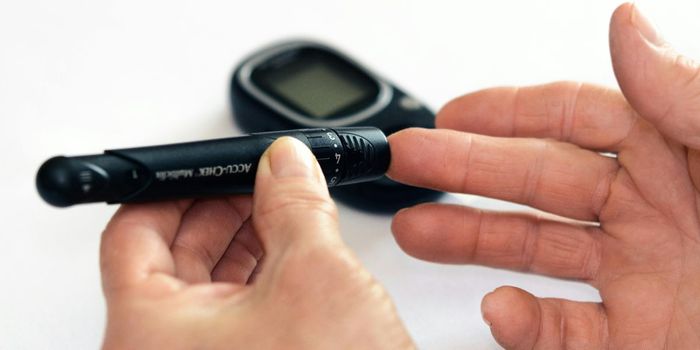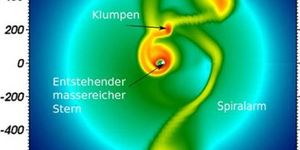Scientists have identified a protein that binds to LDL cholesterol and helps transport it. Blocking the protein might offer a new way to fight heart disease.
Arteries become clogged with fats and cholesterol when certain proteins in the body, known as lipoproteins, combine with and transport fats in the blood to cells.
Scientists have long believed that the LDL receptor molecule was responsible for the transport of LDL within cells. But given that some individuals lacking the LDL receptor still have high levels of LDL, questions remained about the mechanism.
To identify the mechanism, the research team screened more than 18,000 genes from the endothelium—the inner layer of human blood vessels. They examined the transfer of LDL into endothelial cells and then focused on possible genes involved in the process.
The researchers found that a protein called ALK1 facilitated LDL’s pathway into cells. The results appear in
Nature Communications.
“We confirmed that ALK1 directly binds to LDL,” says William C. Sessa, senior author and a professor of pharmacology and medicine (cardiology) at Yale University.
The team also determined that the “LDL-ALK1 pathway” aided the transport of LDL from blood into tissue.
The role of ALK1 in LDL accumulation was not previously known, adds Sessa.
“The discovery of ALK1 as an LDL-binding protein implies that it might initiate the early phases of atherosclerosis,” he says. “If we can find a way of blocking ALK1 using small molecules or antibodies, it might be used in combination with lipid-lowering strategies.”
Current lipid-lowering strategies include statins, which target LDL cholesterol levels in the blood.
A therapeutic that blocks ALK1 “would be a unique strategy for reducing the burden of atherosclerosis and be synergistic with lipid- lowering therapies,” Sessa says.
The Yale Center for Molecular Discovery, the National Institutes of Health, and the American Heart Association supported the research.
Source:
Yale University
This article was originally published on
Futurity.org.









